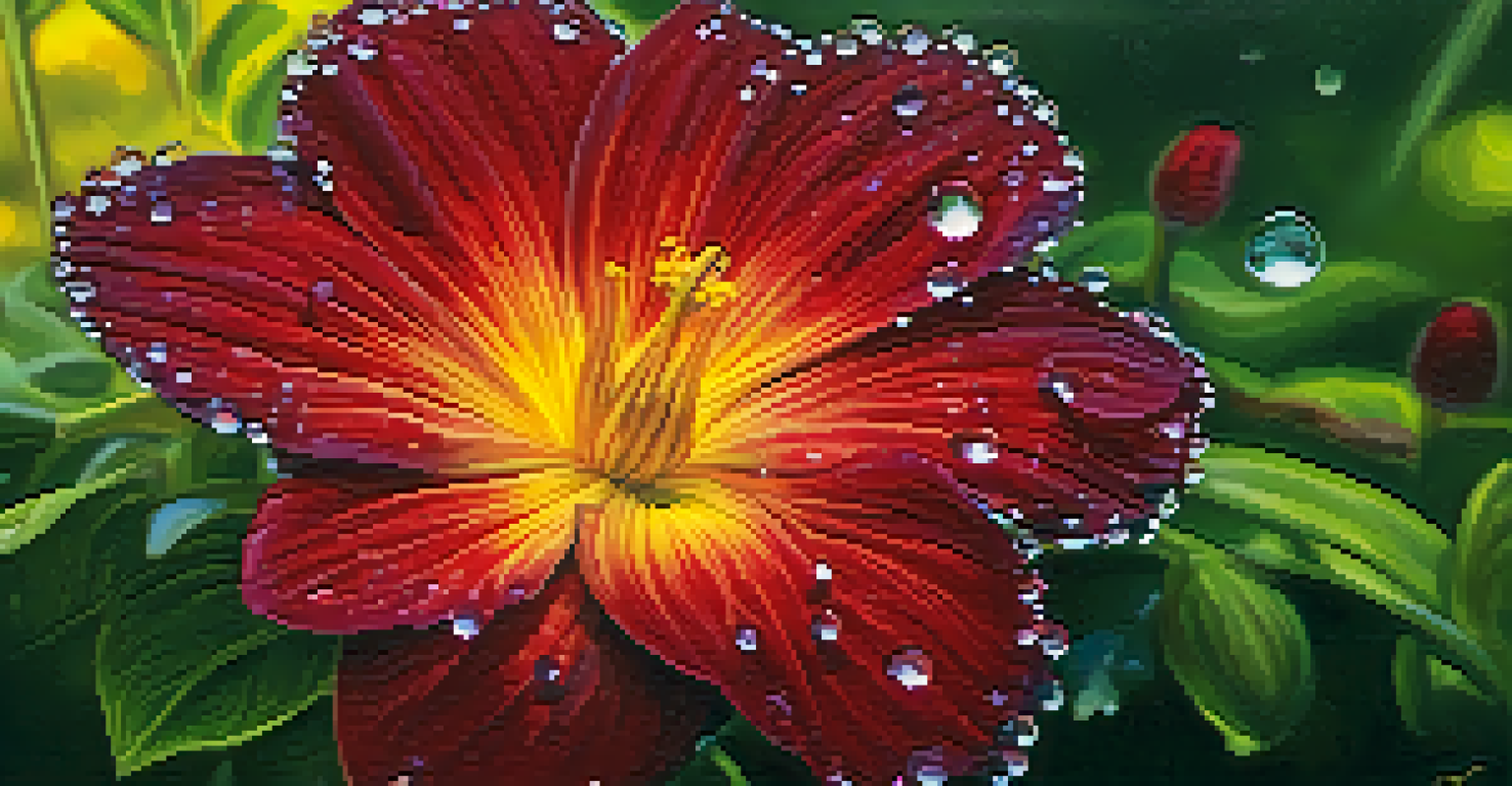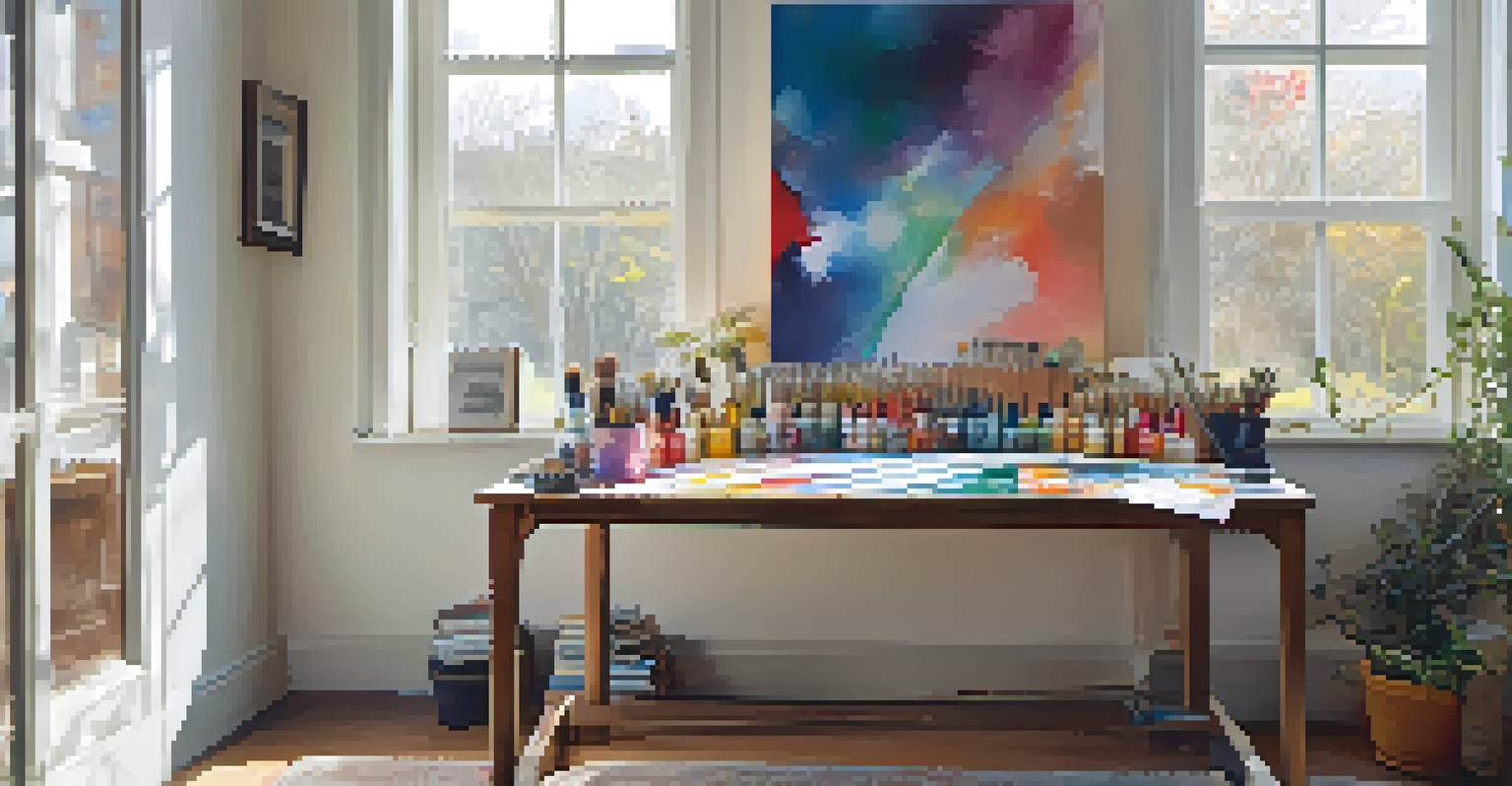The Art of Retouching: Making Your Photos Shine

Understanding the Basics of Photo Retouching
Photo retouching is the process of enhancing images to bring out their best qualities. It can involve anything from correcting colors to removing imperfections. By understanding the basics, you can make informed decisions about which techniques to apply to your photos.
Photography is the story I fail to put into words.
Start with familiarizing yourself with common tools and software options like Adobe Photoshop or Lightroom. These programs offer a wide array of features to help you achieve your desired look. Knowing where to start can make the retouching process feel less overwhelming.
Ultimately, the goal of retouching is to enhance the natural beauty of your photos without making them look artificial. Striking this balance is key to successful photo editing.
Choosing the Right Software for Your Needs
Selecting the right software is crucial for effective retouching. There are plenty of options available, from professional-grade programs to user-friendly apps. Each has its own set of features, so it's essential to choose one that fits your skill level and goals.

For beginners, software like Canva or Snapseed offers basic editing functions that are easy to navigate. On the other hand, more advanced users may prefer Photoshop for its extensive capabilities. Consider what you want to achieve with your photos to find the best fit.
Mastering Photo Retouching Basics
Understanding key techniques and tools is essential for enhancing your photo editing skills.
Remember, the right software can make a significant difference in your editing process. A tool that feels intuitive to you will help you unleash your creativity and produce stunning results.
Essential Techniques for Photo Retouching
There are several fundamental techniques every retoucher should master. These include color correction, blemish removal, and sharpening images. Each technique serves a specific purpose and can dramatically improve the overall quality of your photos.
The best camera is the one you have with you.
For instance, color correction helps ensure that your images reflect the actual colors of the scene. Blemish removal allows you to eliminate distractions that may detract from your subject. By honing these skills, you'll be well on your way to creating visually appealing images.
As you practice, you'll discover your own unique style and preferences. Experimenting with different techniques will help you find what works best for you and your photos.
The Importance of Composition in Retouching
Composition plays a vital role in how your retouched images are perceived. Before diving into editing, take a moment to assess the framing and layout of your photo. A well-composed image provides a solid foundation for your retouching efforts.
Consider the rule of thirds, leading lines, and symmetry when evaluating your composition. These principles can help guide your editing decisions, ensuring that your final image is not only beautiful but also cohesive.
Choosing Software That Fits You
Selecting the right software based on your skill level and needs can significantly impact your retouching process.
Incorporating strong composition into your retouching process will enhance the overall impact of your photos. Remember, great editing starts with a great shot!
Balancing Enhancement and Authenticity in Photos
One of the biggest challenges in photo retouching is finding the right balance between enhancement and authenticity. While it's tempting to apply heavy edits, doing so can result in images that feel unnatural. Strive to enhance your photos while still retaining their original essence.
A good rule of thumb is to make subtle adjustments that improve the image without altering its core qualities. For example, adjusting brightness and contrast can brighten a photo without changing its original vibe. This approach allows your personality and vision to shine through.
Ultimately, your goal should be to create images that feel relatable and real. The best retouching enhances a photo's beauty while keeping it true to life.
Tips for Efficient Workflow in Photo Retouching
An efficient workflow can save you time and energy while retouching photos. Start by organizing your files with clear naming conventions and folders. This way, you can easily locate images and maintain a structured editing process.
Additionally, consider creating presets in your editing software. Presets allow you to apply a specific set of adjustments with a single click, streamlining your workflow significantly. This is particularly useful for batch editing similar photos.
Balancing Edits and Authenticity
Successful retouching involves enhancing images while preserving their natural essence and relatability.
Finally, take breaks and step back from your work periodically. This practice helps you maintain a fresh perspective and allows you to spot areas that may need additional attention.
Learning from Others: Finding Inspiration and Resources
Looking to others for inspiration can be a powerful tool in your retouching journey. Browse through online galleries, follow photographers on social media, and join retouching communities to see how others approach their work. This exposure can spark new ideas and techniques for you to try.
Additionally, don't hesitate to seek out tutorials and courses that can help you enhance your skills. There are countless resources available, from YouTube videos to online classes, that cater to various skill levels. Continuous learning is essential for growth as a retoucher.

Remember, the world of photography is vast, and there's always something new to learn. Embrace the inspiration around you, and let it guide your creative process.